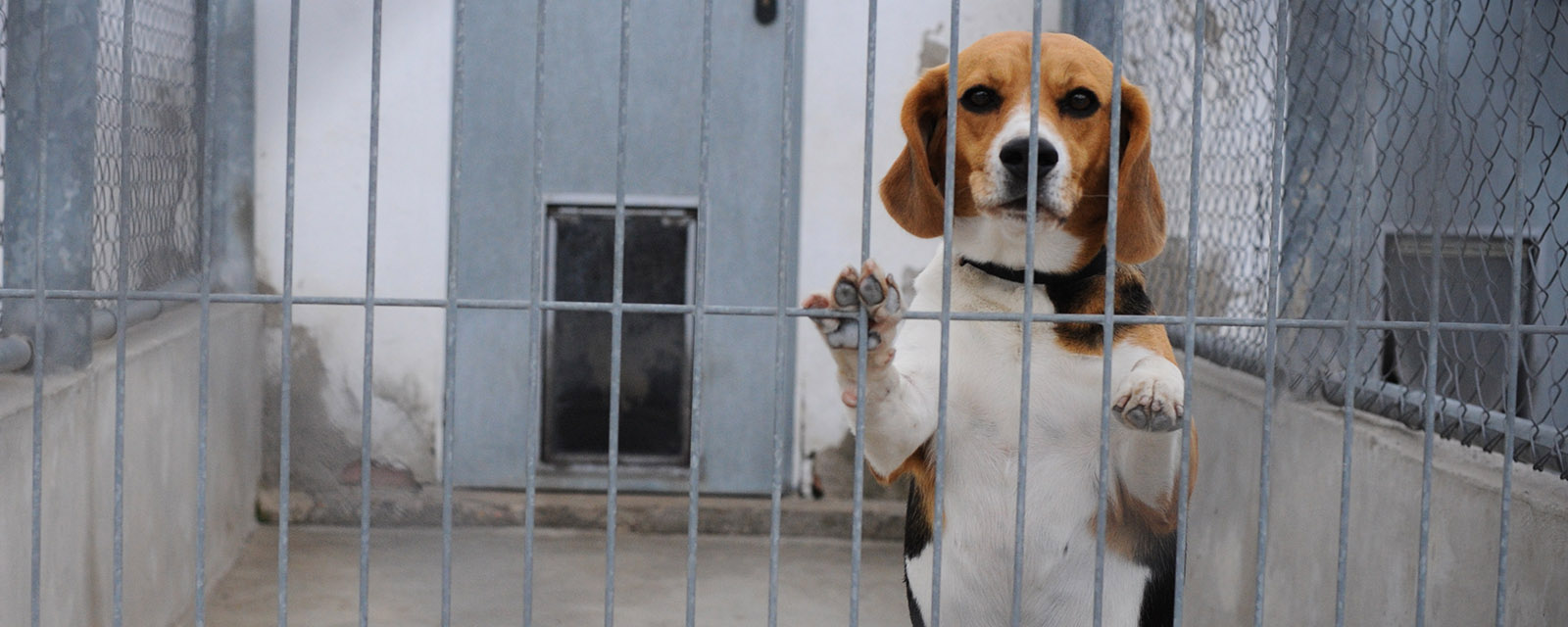Right now, Congress is acting on its FY 2026 appropriations bills to provide funding and direction to federal agencies, and we are campaigning hard to help the countless millions of animals whose fate depends on this process.
Some of our most important goals rest with the appropriations bill for the U.S. Department of Agriculture and the Food and Drug Administration, and the House Appropriations Committee completed its action on that measure last night. In our communications with federal officials, we have consistently advocated for healthy funding levels, clear congressional direction, and effective enforcement of federal laws. We’ve also highlighted the many ways in which animal welfare laws and policies bring benefits for people.
Such laws, for example, can minimize the sale of unhealthy pets from commercial breeders, improve medical and scientific research, reduce the risks of disease transmission and dangerous encounters with animals in captive display exhibitions, ensure animal welfare in transportation, improve the safety of our food supply, and provide needed regulation of work sites— like slaughter plants—in which the health of humans, animals and the environment converge.
The introduction of the Food Security and Farm Protection Act—Senator Joni Ernst’s rehash of the EATS Act—cast a shadow over the USDA appropriations process. House appropriators did not include this or related legislation to overturn state-level animal welfare and public health laws like California’s Proposition 12 in their bill. But their accompanying committee report included some clearly leading language directing the Secretary of Agriculture to “report on the impact of state statutes and regulations on food prices and industry consolidation,” and to recommend “actions that can be taken to alleviate the impacts of these policies while also respecting states’ rights.”
If this was an honest attempt to illuminate the causes of price fluctuation, or to address the challenge of market consolidation that favors Big Ag, rather than an attempt to further draw the USDA into validating the self-serving claims of the National Pork Producers Council about the supposed effects of Proposition 12, we’d be supportive. But it’s not.
One of our primary objectives this year was to urge lawmakers to maintain current funding levels for Animal Welfare Act enforcement, and the committee kept it at $37.25 million as we requested. They also directed the Secretary of Agriculture to continue to coordinate with the Department of Justice on AWA enforcement. Such cooperation has produced good outcomes in recent cases, including the Envigo breeding facility case in 2022 that led to the transfer of more than 4,200 beagles to adoption organizations. Collaboration of this kind is the core goal of the Better CARE for Animals Act, which enjoys bipartisan support and is off to a good start in the 119th Congress.
We were pleased by the inclusion of helpful language directing the USDA to report to Congress on the agency’s overall capacity and activities regarding AWA enforcement, and its recommendations for improving standards and requirements under the law.
We have deep reservations about the committee’s support for a collaborative approach between USDA’s Animal and Plant Health Inspection Service and licensees that emphasizes “education” rather than citations. In many instances repeat offenders have already received multiple warnings about specific AWA violations along with explanations of the ways in which their violations caused harm to animals or placed them at risk. When it comes to chronic violators like puppy mills and captive wildlife exhibitions, further education may have little deterrent effect and may instead be used to excuse continued cruelty and misconduct.
There was bad news concerning horse soring, as House appropriators set funding for APHIS enforcement of the Horse Protection Act at $2.5 million (a cut of $1 million). They also directed USDA to withdraw the HPA final rule for which we and others fought so hard—a rule we consider necessary to ensure lawful implementation of the HPA.
On the brighter side of the ledger, congressional allies helped us to revive funds for a valuable program that is popular with both Democrats and Republicans, the Protecting Animals with Shelter (PAWS) grants that enable domestic violence shelters to assist survivors of domestic abuse fleeing with their companion animals. Since its authorization in the 2018 Farm Bill, PAWS has awarded grants across 26 states (red, blue and purple), and applications have consistently exceeded available funds. Right now, the funding commitment stands at $1.5 million dollars, but we’re working to see it restored to the previous level of $3 million.
Appropriators included helpful language
- preventing federal funding for inspection of horse slaughter plants to ensure that they cannot reopen;
- directing USDA’s Office of Inspector General to increase efforts to combat animal fighting;
- supporting training and tracking on humane slaughter enforcement;
- modifying the Pet Food Uniform Regulatory Reform (PURR) Act (at our request) so that it does not include harmful language that would have prohibited states from collecting fees that support spay and neuter activities; and
- increasing the student loan repayment program for veterinarians who locate their practices in underserved areas.
With respect to the FDA, already the focus of significant reforms targeting reduction in the use of animals in testing and research, appropriators included report language endorsing the increased use of New Alternative Methods that can provide “cost-effective, reliable, and human-relevant advances” for safety and efficacy testing of pharmaceuticals, and pressed the agency to revise regulations to make clear that animal toxicology tests are not required to support clinical testing in humans, a request that aligns with a petition we submitted to the FDA in 2024. They also directed the agency to provide a progress report within one year on its reform initiatives.
In today’s political climate, we can take little for granted in defense of funding and other commitments for federal programs that protect animals. And we don’t. As this legislation heads to the House floor, and the Senate prepares to take up its own version, we’ll keep fighting to ensure that these gains stick.
If you’d like to write or call your elected representatives in support of these funding levels and directives, you can use this link.




